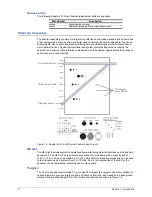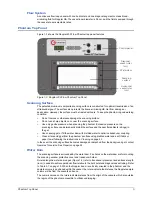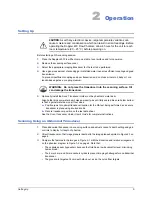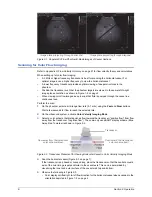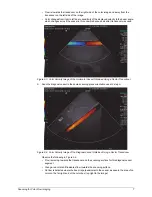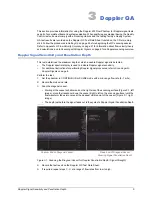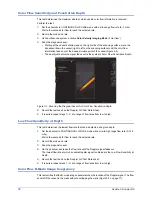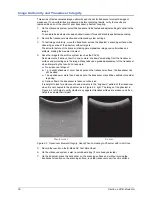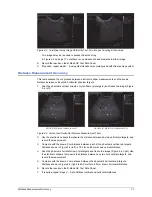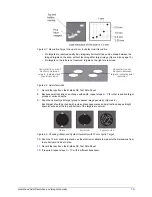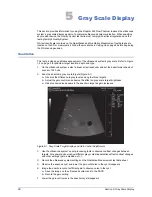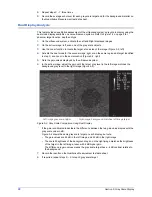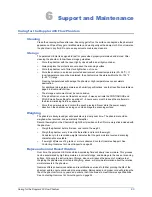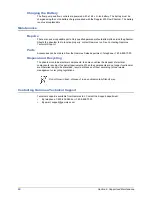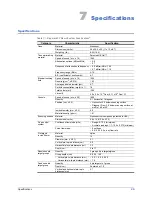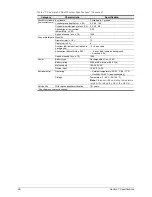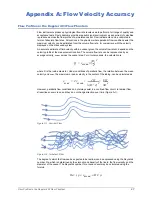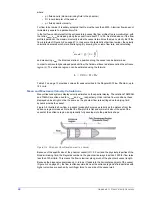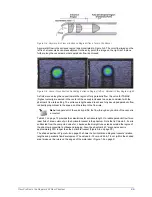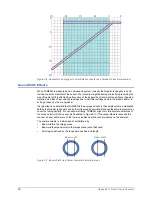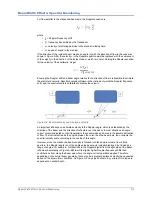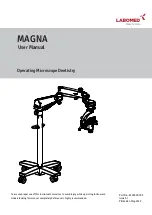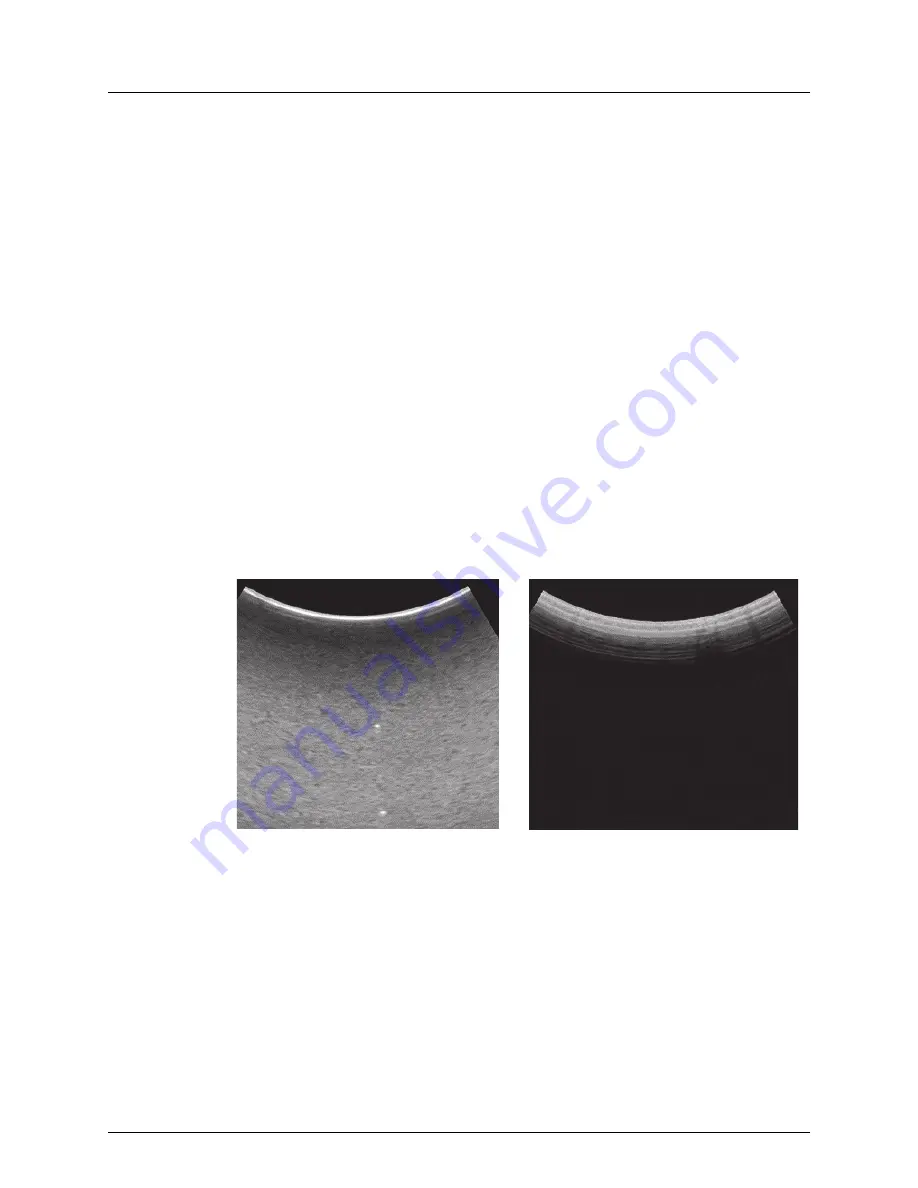
16
Section 4. 2D B-Mode QA
Image Uniformity and Transducer Integrity
This series of tests evaluates image uniformity and checks for transducer element damage or
weakness. If non-uniformities are observed, before recording results, verify the results are
reproducible and not the result of poor transducer–phantom coupling.
1
On the ultrasound system, select the transducer to be tested and adjust settings to optimize the
image.
To evaluate dead elements use a shallow transmit focus and disable spatial compounding.
2
Record the transducer selection and ultrasound system settings.
3
To test image uniformity, move the transducer across the phantom’s scanning surface while
observing an area of the phantom without targets.
The smooth texture of the tissue-mimicking gel emphasizes image non-uniformities and
artifacts, making them easier to detect.
4
Save the image to the archive system (such as the PACS).
Dead elements, if serious, result in one or more “shadows” emanating from the transducer
surface and projecting onto the image. Many labs use a graded assessment of the transducer
when interpreting the results. For example:
a.
No evidence of dropout.
b.
1 or 2 slight shadows or minor dead spots on the transducer surface; the transducer can
still be used.
c.
1 deep shadow or more than 2 dead spots; the transducer may still be usable but consider
replacing.
d.
Serious flaws; the transducer is taken out of service.
It is helpful to look for evidence of dead elements in the “ring down” pattern of the transducer
when it is not coupled to the phantom, as in Figure 4-2, right. The image of the phantom in
Figure 4-2, left, helps to verify whether any apparent transducer flaws are present, and if so,
helps to evaluate their impact.
Figure 4-2. Transducer Element Integrity, Seen When Comparing In-Phantom with In-Air Scan
5
Record the results on the B-Mode QC Test Data Sheet.
6
On the ultrasound system, select a curvilinear array (if not already selected).
7
On the phantom, place the transducer on the scanning surface and, without moving the
transducer’s location on the scanning surface, rock the transducer over its entire surface.
Phantom scan
Air scan

